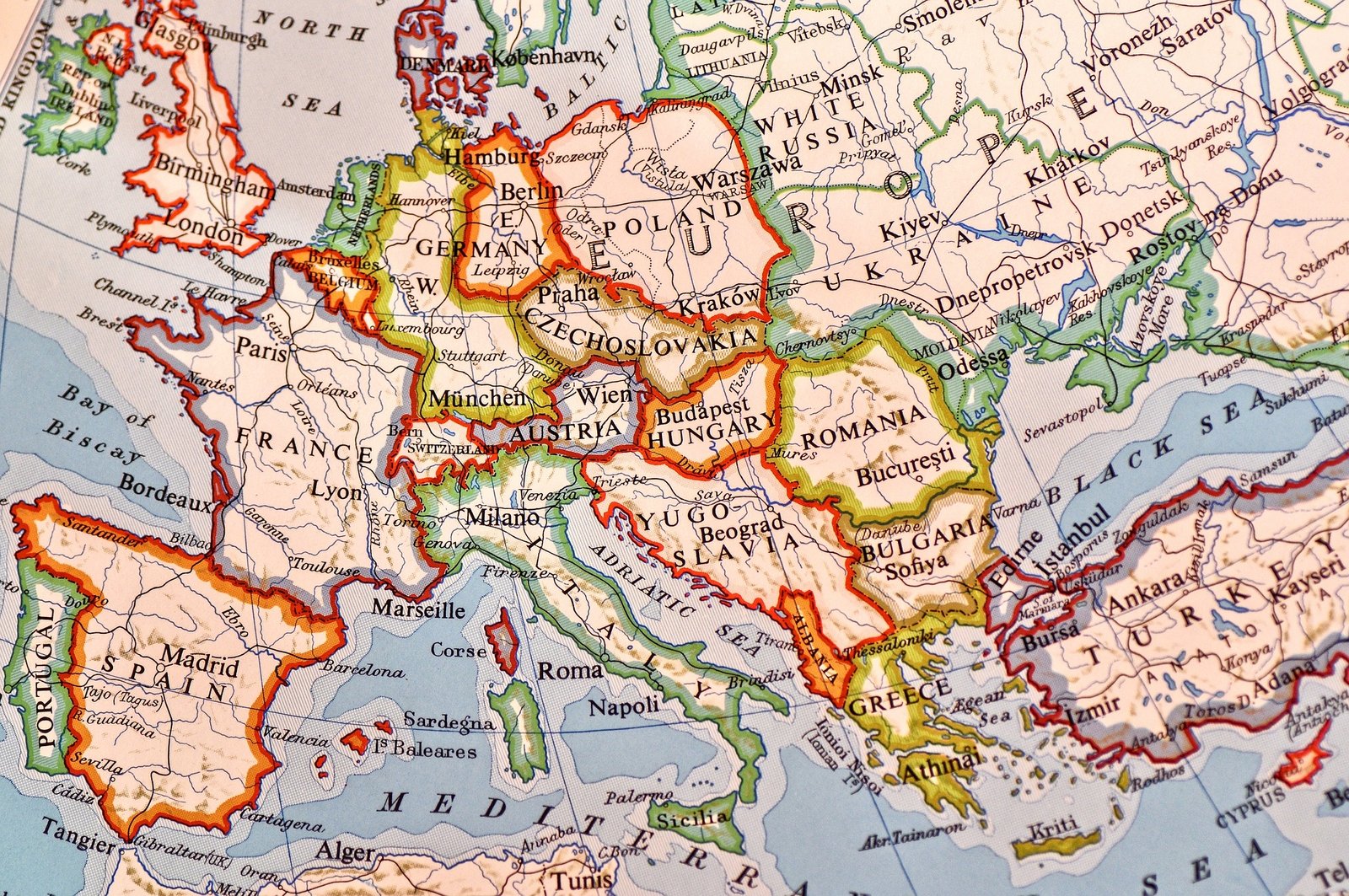The disappearance of Malaysia Airlines Flight MH370 remains one of the most perplexing aviation mysteries of the 21st century. Since the plane vanished on March 8, 2014, numerous theories have surfaced about its fate, but none have provided definitive answers. Over the years, various efforts have been made to locate the aircraft, including sophisticated search operations in the Indian Ocean. Recently, however, attention has turned to a new source of hope: satellite imagery from Google Maps. Could MH370 Malaysia Airlines on Google Maps finally hold the key to solving this mystery?
In this blog post, we’ll examine the recent claims that MH370 Malaysia Airlines on Google Maps has been found, explore the background of the disappearance, analyze the technical challenges of using satellite imagery for such searches, and discuss what this could mean for the ongoing search efforts.
The Disappearance of MH370
On that fateful day in March 2014, Malaysia Airlines Flight MH370 took off from Kuala Lumpur, headed for Beijing, with 239 people on board. However, the plane never reached its destination. After losing communication with air traffic controllers, the aircraft veered off course and disappeared from radar. Despite extensive search efforts spanning vast areas of the Indian Ocean, no trace of the plane was found for several years.
Debris identified as likely belonging to MH370 Malaysia Airlines was eventually discovered along the shores of the western Indian Ocean, but these pieces provided little insight into where the rest of the plane might be. As time passed, the mystery deepened, with families of the missing passengers still waiting for closure.
Can Google Maps Help Solve the Mystery?
Google Maps has long been a favorite tool for amateur sleuths and enthusiasts attempting to solve unsolved mysteries. Some have even suggested that MH370 Malaysia Airlines on Google Maps might have been spotted by those scouring satellite images of the ocean. But is this feasible?
Google Maps uses satellite imagery from various sources, allowing users to view and zoom in on different parts of the world. Recently, some online users claimed that they have found images that could potentially be MH370 Malaysia Airlines on Google Maps. However, before these claims can be taken seriously, it’s important to understand the limitations and challenges of relying on satellite imagery to locate something as elusive as a downed aircraft.
The Technical Challenges of Using Google Maps
While Google Maps is an incredibly powerful tool for navigating and viewing locations, it has its limitations when it comes to locating lost objects in the vast ocean. The satellite images available on Google Maps are not real-time; they are often months or years old, and their resolution may not be sufficient to detect something as small as a plane wreckage.
The Indian Ocean, where MH370 Malaysia Airlines is believed to have crashed, is one of the most remote and least explored regions of the world. The deep ocean floor, coupled with ocean currents and shifting sediments, makes it extremely difficult to find a specific object using only satellite imagery.
Additionally, the depth of the ocean in certain areas where MH370 Malaysia Airlines on Google Maps is claimed to have been spotted can reach several thousand meters, meaning the plane could be far below the surface. Even advanced sonar equipment struggled to identify wreckage during earlier search operations, making it unlikely that standard satellite imagery would capture clear evidence of the plane.

Have Other Google Maps Discoveries Been Accurate?
There have been various instances where Google Maps has been used to identify missing vehicles, planes, or ships, but these cases typically involve objects located on land or in shallow waters. The discovery of a car submerged in a Florida pond in 2019, for instance, was made through Google Maps, but it was a far less complex case than finding MH370 Malaysia Airlines on Google Maps, which would involve deep-sea exploration.
While satellite imagery has undoubtedly played a role in many discoveries, finding MH370 Malaysia Airlines on Google Maps presents a much greater challenge due to the vastness of the ocean and the potential for the wreckage to be covered by years of sediment or marine growth.
Skepticism from Experts
While the idea of locating MH370 Malaysia Airlines on Google Maps is appealing, aviation and satellite experts have expressed skepticism. Most experts argue that the type of satellite imagery available on Google Maps is not precise enough to detect something as small and submerged as the wreckage of a plane. Furthermore, the ocean currents and the time elapsed since the plane’s disappearance have likely scattered any debris across a vast area, making it difficult to pinpoint the exact location.
In addition, previous searches for MH370 Malaysia Airlines involved more sophisticated equipment than what is available through consumer platforms like Google Maps. These searches used deep-sea sonar, underwater drones, and high-resolution satellite data specifically designed for finding objects in challenging environments. Despite these efforts, the plane has yet to be found, indicating the immense difficulty of the task.
Could Google Maps Still Play a Role?
Despite the skepticism, MH370 Malaysia Airlines on Google Maps remains a topic of interest. While it is unlikely that the current satellite imagery will provide a conclusive answer, technological advancements are constantly improving the quality and resolution of such tools. Future versions of Google Maps or other satellite services may eventually provide better capabilities for identifying objects in difficult-to-reach areas.
Additionally, the fact that people around the world are still actively searching for MH370 Malaysia Airlines on Google Maps keeps public interest alive. This persistent attention could lead to new ideas, breakthroughs, or even funding for future search missions.
What Does the Future Hold for the MH370 Search?
For now, the official search for MH370 Malaysia Airlines has been suspended, although private organizations and individuals continue to explore new leads. Should new, credible evidence arise—whether from satellite imagery, recovered debris, or eyewitness reports—the search could resume, offering hope that the mystery might finally be solved.
If MH370 Malaysia Airlines on Google Maps were to provide concrete evidence of the plane’s location, it would be a monumental discovery, closing a chapter on one of the most tragic aviation disasters in recent history. However, until such evidence is found, the fate of the aircraft remains uncertain.
Conclusion
The notion of finding MH370 Malaysia Airlines on Google Maps has captured the imagination of many people worldwide. The idea that modern technology, like satellite imagery, could solve one of the greatest aviation mysteries of our time is both intriguing and inspiring. However, the technical challenges involved in locating the missing plane make it unlikely that a breakthrough will come from Google Maps alone.
While the search for MH370 Malaysia Airlines continues in various forms, including private initiatives and new technological approaches, it’s important to approach any potential findings with caution and skepticism. Whether or not Google Maps can truly help solve the mystery, the hope of one day finding MH370 keeps the world invested in this ongoing search for answers.
In the meantime, as new developments emerge and technology evolves, the search for MH370 Malaysia Airlines on Google Maps may still hold the promise of solving this enduring mystery.
FAQ,s
1. What is MH370 Malaysia Airlines?
Malaysia Airlines Flight MH370 was a passenger flight that disappeared on March 8, 2014, while flying from Kuala Lumpur to Beijing. The plane, carrying 239 people, lost communication with air traffic control and veered off course, disappearing from radar. Despite extensive search efforts, its exact location remains unknown.
2. Can MH370 Malaysia Airlines be found on Google Maps?
Some online users have claimed that MH370 Malaysia Airlines on Google Maps has been spotted in satellite imagery. However, experts remain skeptical. The available satellite images on Google Maps are often outdated and not detailed enough to conclusively locate a wreckage in deep ocean waters.
3. How accurate are the claims of finding MH370 Malaysia Airlines on Google Maps?
There is no solid evidence to support the claims that MH370 Malaysia Airlines on Google Maps has been found. While Google Maps offers high-quality satellite imagery, it’s not real-time and might not be accurate enough to detect submerged wreckage in the vast Indian Ocean.
4. What challenges are involved in using Google Maps to locate MH370 Malaysia Airlines?
The main challenges include the vast size of the search area, the deep and uncharted waters of the Indian Ocean, and the limitations of the satellite images used by Google Maps. Additionally, the images are not live, making it difficult to track debris that may have moved due to ocean currents.
5. Why do people believe MH370 Malaysia Airlines can be found on Google Maps?
Many are drawn to the idea of solving the mystery using technology. Since Google Maps offers global satellite imagery, some believe it could provide clues about the plane’s location. However, the claim that MH370 Malaysia Airlines on Google Maps can be located remains unverified.
6. Has Google Maps helped solve other mysteries?
Yes, there have been cases where Google Maps helped find missing vehicles or locations, such as a car submerged in a pond. However, these cases usually involve objects on land or in shallow waters, unlike MH370 Malaysia Airlines, which is believed to be in deep ocean waters.
7. Are there any credible sources confirming MH370 Malaysia Airlines on Google Maps?
As of now, no credible aviation or satellite experts have confirmed the discovery of MH370 Malaysia Airlines on Google Maps. While some online claims have surfaced, they have not been supported by concrete evidence or professional analysis.






